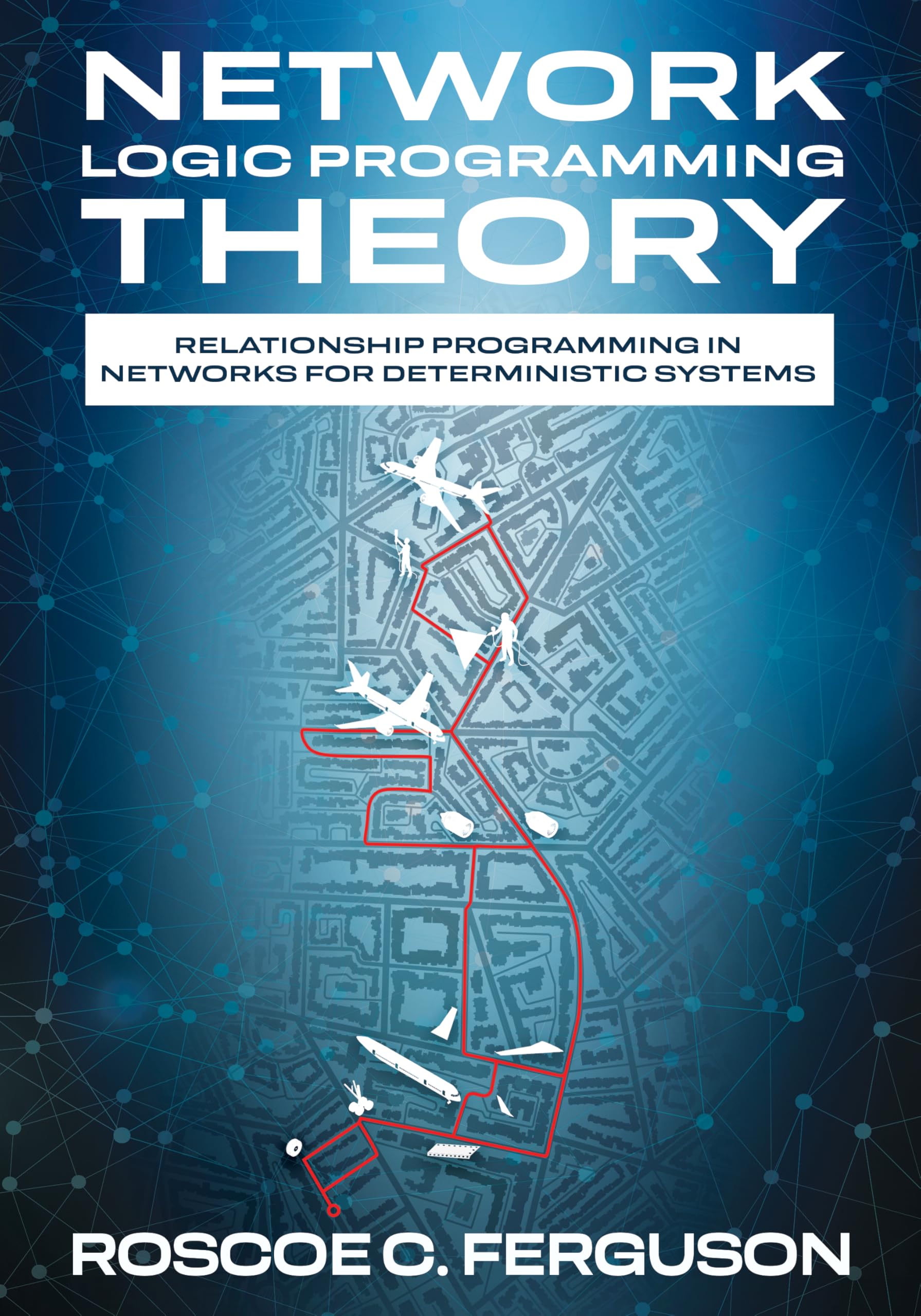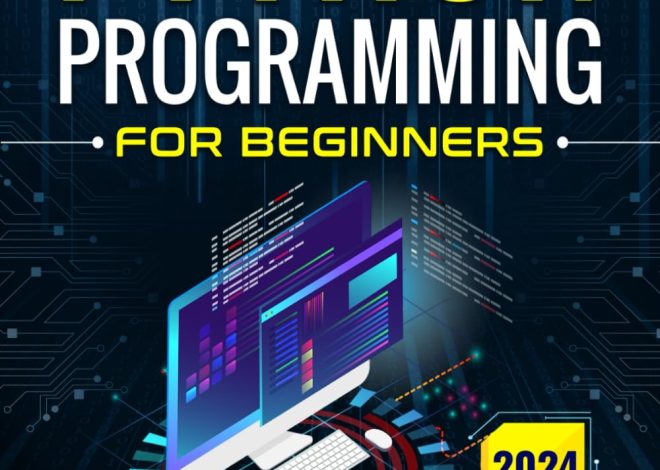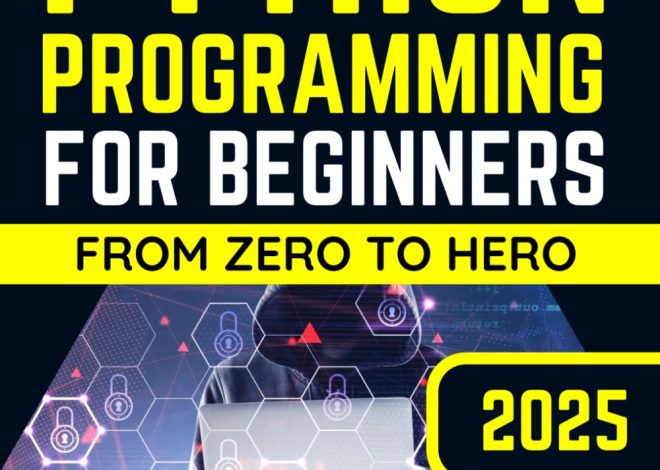
NLP Theory
Have you ever felt like programming is a maze too complex to navigate? You’re not alone. With the rapid rise of AI, there’s this looming dread that traditional programming is becoming extinct, right? But hold on—before throwing in the towel, let’s chat about something fresh: Network Logic Programming Theory.
This book is a game-changer for anyone tangled up in the complexities of programming. It dives deep into how we can untangle those gnarly algorithms by shifting our focus from chaotic coding to a more structured approach through networks and relationships. Imagine taking those convoluted algorithms and breaking them down into manageable, interrelated components—sounds freeing, doesn’t it?
Who’s This For?
Whether you’re a seasoned programmer, an AI enthusiast, or just curious about the future of tech, the book offers something valuable. Here’s why you might want to think picking it up:
- Developers & Engineers: The insights here could reshape how you approach problems, giving you a new toolkit to tackle even the most stubborn coding dilemmas.
- Aspiring AI Devs: If you want to integrate AI with programming, understanding how to manage relationships via networks is essential.
- Curious Minds: If you’re just looking to expand your understanding of programming and its future, the book serves as a fascinating introduction.
What You’ll Discover
The author walks you through an intriguing concept known as the Network Processor. Think about it as a supercharged brain for your programming logic. This processor can not only manage predefined logical paths but can also dynamically generate new ones based on the ever-changing data landscapes we’re swimming in today.
Imagine timestamping your coding projects with a level of dynamism that allows real-time updates and adaptations. With generative logic paths, the comparisons to things like GPS technology come alive—it’s like coding with a roadmap that adjusts as you drive!
A Word on Complexity
Now, complexity isn’t the enemy—it’s a puzzle waiting to be solved. The approach detailed in the book demystifies this idea, promoting a way to understand intricate software systems through the lens of network science. Each relationship becomes a piece of the puzzle, and when you connect those dots, a clearer picture emerges. Ponder of it as a bridge between AI and programming, making systems that are not just more efficient but also more intelligible.
“Network Logic Programming Theory isn’t just another programming paradigm—it’s the future game plan, marrying the brilliance of AI with the structured elegance of network-based logic.”
So, if you’re feeling overburdened by today’s programming landscape, grab a copy of this book. It might just provide that spark of clarity you’ve been longing for. Time to dive in and embrace the complexities with a fresh perspective!


